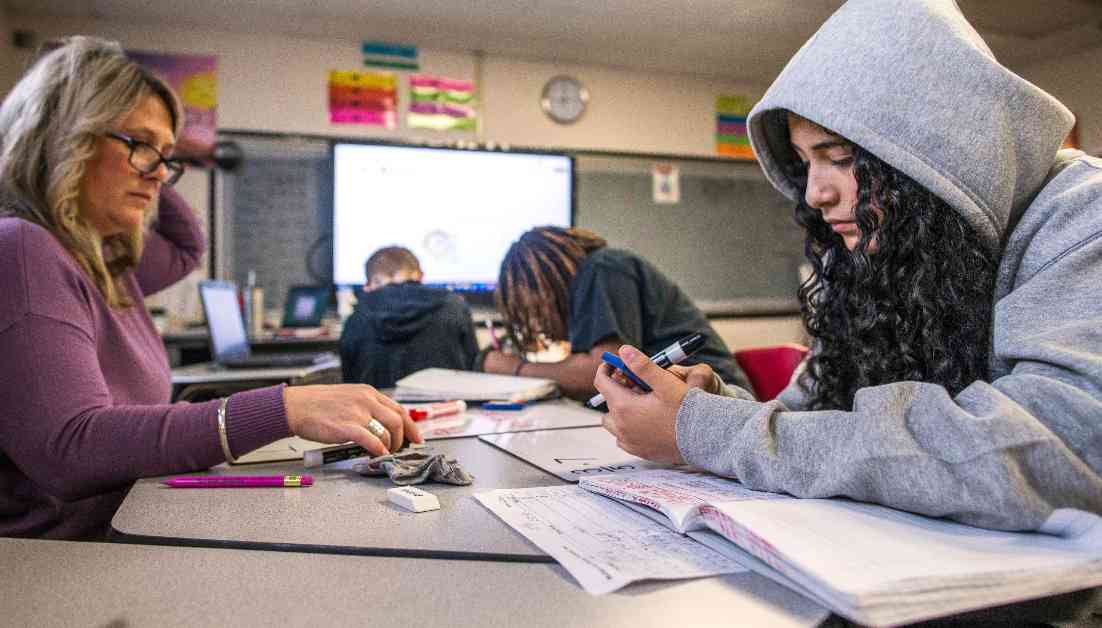Four years after the pandemic shuttered schools, the impact on U.S. children’s academic performance continues to be a cause for concern. Recent analyses from three assessment companies paint a grim picture of the current state of education, highlighting the challenges students face in catching up and the widening achievement gaps across the nation.
Stagnant Progress and Learning Losses
Despite initial hopes for recovery in the 2021-22 school year, the latest data from the 2023-24 academic year show that U.S. students did not make significant progress in catching up and, in some cases, fell further behind in math and reading. This stagnation in academic growth has resulted in widening achievement gaps, particularly among eighth-grade students who were in fourth grade when the pandemic began in 2020.
According to a report by NWEA, eighth-grade students now require an additional nine months of schooling to catch up to pre-pandemic achievement levels. This alarming trend raises questions about how to address the learning deficits before these students transition out of the education system.
Assessment Companies’ Findings
The analyses presented by NWEA, Curriculum Associates, and Renaissance offer different perspectives on the state of student learning post-pandemic. While each company uses its own assessment tools, the overarching message remains consistent – recovery is elusive, and students are struggling to make up for lost time.
Curriculum Associates highlighted unexpected bright spots in its assessment results, noting improvements in phonics skills among kindergarteners and better catch-up progress in schools with a majority of Black students. However, the company also pointed out the challenges posed by the increasing number of students below grade level in math and reading across different grade levels.
Renaissance’s analysis found a mixed pattern of recovery, stagnation, and deterioration depending on the grade and subject, with older students in grades eight to 12 showing slow progress in math skills. While first-grade students in 2023-24 had fully recovered, elementary school students in grades two to six were still lagging behind.
The Impact on Future Prospects
The lasting impact of pandemic-related disruptions to schooling and learning goes beyond academic performance. As students struggle to catch up, their future employment prospects and standard of living are at risk. Economists and consulting firms warn that a less productive labor force could hamper the overall U.S. economy if these challenges are not addressed promptly.
Challenges in Recovery
Understanding why recovery is stagnating and sometimes worsening poses a complex challenge. Researchers suggest that students with foundational skill gaps find it difficult to learn new grade-level topics, leading to a cycle of learning struggles. In addition, chronic absenteeism and deteriorating mental health among students further compound the issue of academic recovery.
The Role of Federal Funding
While the federal government allocated $190 billion to schools for pandemic recovery efforts, the impact of this funding on academic outcomes remains under scrutiny. While some researchers have noted modest gains in student performance as a result of the funding, the consensus is that much more support is needed to address the ongoing challenges in education.
Looking Ahead
As the education system grapples with the long-term effects of the pandemic, policymakers, educators, and stakeholders must work together to develop comprehensive strategies for academic recovery. Addressing learning gaps, supporting students’ mental health, and improving attendance rates are crucial steps in ensuring that all children have the opportunity to succeed in school and beyond.

